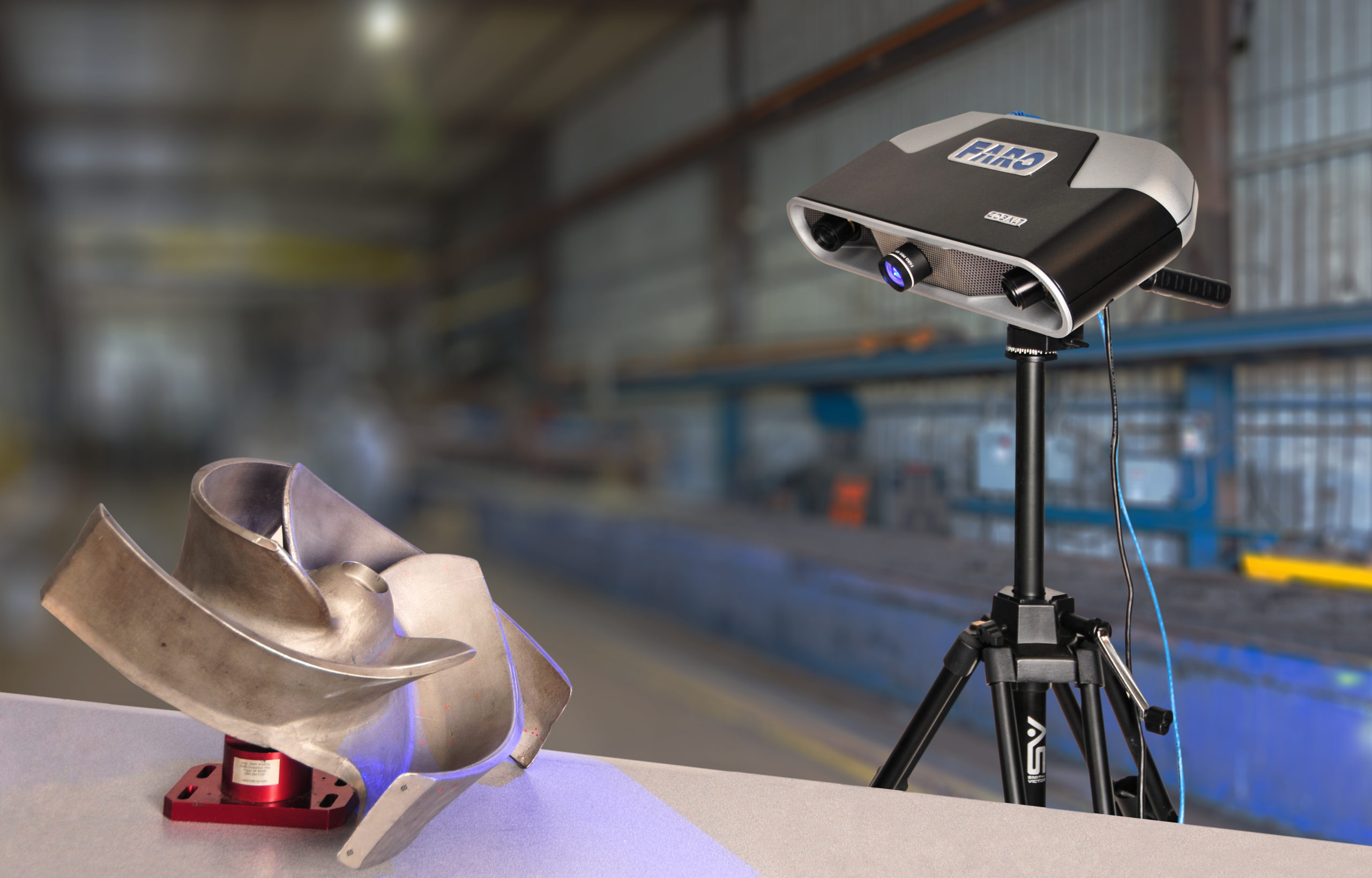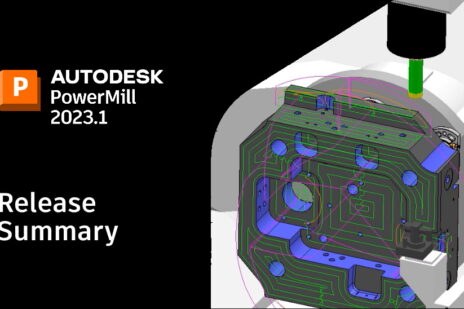
Augmented reality, or AR for short, overlays virtual information over a user’s existing natural environment. Sound, graphics and touch feedback are seamlessly integrated to create an enhanced experience.
The information overlaid is highly topical and relevant to what the user is doing. It ranges from simple text to instructions for complicated surgical procedures. Uses for the technology vary from mobile phone apps to aerospace.
Applications of AR in manufacturing
Augmented reality is a very new concept in manufacturing, with many potential benefits. Manufacturers are starting to explore these benefits in various applications, for example:
- Assembly
- Maintenance
- Quality assurance
- Product development
- Training
Assembly
Work instructions are traditionally made available as printed or displayed PDFs. These are often very hard to work through and time consuming to review. As they are static documents it is difficult to ensure that they are kept up to date.
AR allows information from work instructions to be displayed in real time in the operator’s field of view. This eliminates the need to consult documents or other display devices.
Boeing managed to reduce the wire assembly time on their 787-8 airplane by 25%, and reduced assembly errors to nearly zero.
At GE Healthcare a study found that it was possible to pick an order 46% faster compared with the standard paper-based process.
Maintenance
AR can allow maintenance crews to identify equipment that needs servicing, as well as any potential problems. This eliminates guesswork, reduces the risk of breakdowns, and allows for faster and more effective servicing.
ThyssenKrupp uses AR to assist with service calls of their products. Technicians can visualize and identify problems ahead of time, and have hands-free, on-site access to technical support. By prioritizing service requests in advance, and having holographic guidance on site, the average length of service calls was reduced by 75%.
Quality assurance
Products can be inspected and visually compared with information provided by the supplier. Any deviating features are highlighted, and defective products can be discarded immediately.
Product features to be inspected and the equipment needed for the inspection can be visually displayed in the operator’s field of view. Results are displayed in real time and can also be recorded in the cloud for future use and analysis.
Porsche introduced AR in 2016 at their Leipzig vehicle assembly plant. Employees use mobile devices to compare an assembled vehicle to the original design before sending it to the customer. This ensures they meet high customer quality expectations, save time, and save money.
Product development
Traditional development of products is a lengthy and resource-intensive process. Several divisions may be involved, and the process normally requires several instances of back-and-forth communication to discuss and resolve design changes.
With AR, the cooperation and collaboration between parties are improved. It is possible for senior staff to view the development of products in real time and provide valuable input, eliminating the back-and-forth inherent to traditional processes.
Ford Motor Company uses AR to improve their product-design phase. Design teams are able to overlay potential designs onto physical models. The technology also allows for remote operation, so staff can cooperate on the same project whilst in physically different locations. This allows the team to collaborate better, work quicker, and improve decision making.
Training
Appropriate application of AR means that trainees and apprentices can be trained, protected and informed without wasting resources. These novices can be put to work straight away, with instructions, manuals and support resources displayed in front of them at all times.
Lockheed Martin was able to reduce the assembly time of their F-35 airplane by 30%. Holographic renderings of parts are displayed in real time, along with instructions on how to assemble them.
Digitizing workflow further improved Lockheed Martin’s engineering efficiency to a remarkable 96%.
Final thoughts
Autodesk provides a range of software suitable for AR, VR (virtual reality) and MR (mixed reality). The software can be fully integrated with Autodesk manufacturing software.
The software includes:
- 3ds Max – turn designs into interactive experiences
- Revit Live – turn Revit models into an immersive experience
- VRED – 3D virtual prototyping software for automotive design
- Forge – use cloud services, APIs and SDKs to create data and apps
- Project Play – make interactive 3D presentations and experience them via mobile devices
- Maya LT – 3D animation and modelling software for PC, console, mobile and VR game creators
This article gives only a brief insight into the potential of AR in the manufacturing industry. As the technology continues to grow in popularity and its benefits become more apparent, areas of application will also expand.



Add comment
Connect with: Log in
There are no comments